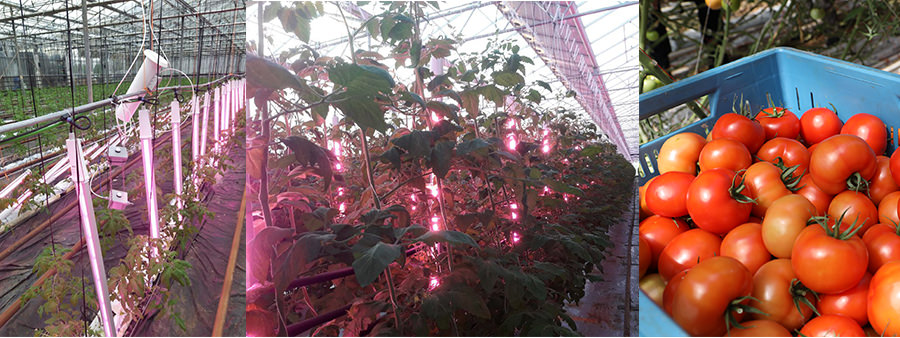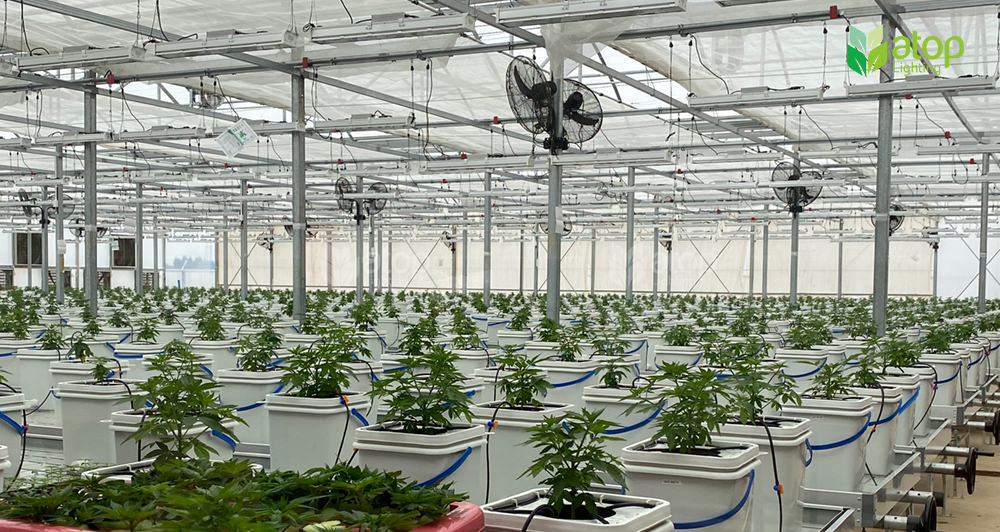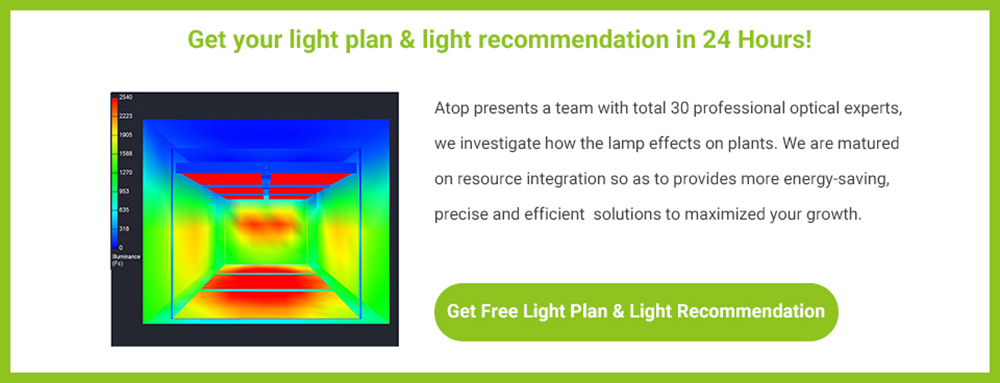Top 10 Mistakes to Avoid When Trying to Maximize Grow Room Space
Do you want to grow more plants in your limited space? Are you frustrated by the lack of yield and quality in your crowded grow room?
If so, you are not alone. As a grower, it is important to make the most of the space you have in order to produce the highest yield possible. However, it’s easy to make mistakes that can hide your progress and ultimately lead to a lower quality harvest.
In this blog, we will discuss the top 10 mistakes to avoid when trying to maximize grow room space, along with tips and strategies for avoiding them. Whether you’re a seasoned grower or just starting out, this blog will provide valuable insights to help you optimize your grow room space and achieve the best possible results.
1. Not planning ahead
Not planning ahead for future growth or expansion is one of the most common mistakes growers make when trying to maximize their grow room space. It is easy to get caught up in the excitement of starting a new grow room and overlook the importance of planning for the future. One common issue that arise when growers fail to plan ahead is limited space for equipment and supplies. As your grow room expands, you’ll likely need more equipment and supplies to keep up with demand. Another issue that can arise is the limited space for plants. As your plants grow larger, they’ll require more space to spread out and grow.
A better approach is to plan your grow room layout and design before you start growing, and leave some room for future growth or expansion. You should consider factors such as the size and number of plants you want to grow, the type and amount of lighting you need, the ventilation and air circulation system you will use, etc. For example, a light plan can help maximize lighting performance with the minimum LED grow lights. By planning ahead, you will be able to create a grow room that is efficient, productive, and easy to manage.
2. Overcrowding plants
While it may seem like a good idea to pack as many plants as possible into a small space, overcrowding can have a negative impact on plant health and yield potential. It can lead to a lack of airflow. Without proper airflow, plants may become more susceptible to disease and mold. Another issue is the difficulty in accessing and maintaining individual plants. When plants are packed tightly together, it can be difficult of access them for pruning, watering, and other maintenance tasks.
To avoid these issues, it is important to give them enough space to thrive and breathe. Consider factors such as the size of your plants, the amount of space they need to spread out, and the overall number of plants you want to grow in your space. You should follow the recommended spacing guidelines for your plants, and avoid placing them too close together or too far apart. You should also prune and train your plants regularly to keep them in shape and prevent them from overgrowing or blocking each other’s light.
3. Ignoring vertical space
While it’s easy to focus on the floor space of your grow room, ignoring the vertical space can limit the potential growth and yield.
By only focusing on the floor space, you may limit the number of plants you can grow in your space. You can solve this problem by using vertical space as well. You can do this by using techniques such as vertical gardening, trellising, scrogging, or stacking. These techniques allow you to grow more plants in less space, by making use of the walls, ceiling, or shelves of your grow room.
Another issue that can arise from ignoring vertical space is uneven light distribution. Many growers use traditional lighting fixtures that only provide light to plants from the top to the floor. However, the lower parts of plants may not receive enough light as they are shaded by the upper parts. By using inter-canopy lighting, you can ensure that every part of the plants in your grow room receives adequate light for growth and development. It is typically critical for vine crops like cucumbers and tomatoes.
By taking advantage of vertical space, you can significantly increase your yield potential and make the most of your grow room space.

4. Neglecting to train plants
Plant training is a technique used to manipulate the growth of plants to optimize yield potential, but when growers overlook this technique, they may miss out on significant growth and yield benefits.
Neglecting to train plants can cause overcrowding and uneven canopy growth. When plants are left to grow naturally, they may become uneven in height and width, which can lead to overcrowding in some areas and underutilization of space in others. It can also lead to a lack of light penetration. When plants are left to grow naturally, they may develop thick foliage at the top of the plant, which can limit the amount of light that reaches the lower branches. By training plants to grow horizontally and creating an even canopy, growers can ensure that each plant receives adequate light for growth and development.
5. Using inefficient or oversized lights
Many growers think that more light means more growth, and they use lights that are too powerful, too hot, or too old for their plants. Inefficient lights have poor energy efficiency. Inefficient lights consume more energy than necessary, resulting in higher utility bills and a less sustainable operation. Oversized lights waste space and resources. Large lights take up more space in your grow room, which can limit the number of plants you can grow. Additionally, oversized lights may emit more heat than necessary, which can require additional cooling equipment and increase the overall energy consumption of your operation.
A smarter way to light your grow room is to use lights that are suitable for your plants, space, and budget. You should choose lights that have the right spectrum, intensity, and coverage for your plants’ needs. You should also replace your lights when they start to lose their brightness or efficiency, as this can affect your plants’ growth and yield. For example, it is wise to replace your HPS lights with more efficient LED grow lights.
6. Not using SOG technique
SOG (Sea of Green) is characterized by short vegetative growth period, fast flowering, small short plants, and fast harvest. although this method stunt the plant's potential growth and reduce its flowering, It's an extremely popular method of cultivation.since it can lead to a higher total yields per harvest space , especially suitable for commercial growers with limited planting space. it can product out quicker than any other method used in commercial operations.
SOG involves packing many small plants together at a high density, rather than just a few larger plants. The plants are kept intentionally short through aggressive training and flowering quickly. This allows more plants and bud sites in a given area. Not utilizing SOG means missing out on the huge yields possible by fitting extra plants in the same footprint. Typically only 3-4 large plants may fit in a given space without SOG. But SOG can allow dozens of smaller plants in that same area, drastically increasing total yields. The mistake is growing just a few plants vegetatively for too long. While they may get big and tall, the total yield per square foot is reduced. Large gaps are left between the plants wasted. For maximized yields, SOG's methodology of packing in more smaller plants is essential. Not making use of this technique squanders usable space and costs significant productivity. Anyone looking to optimize their yields in a confined grow area should be employing SOG principles to avoid subpar results.
7. Poor ventilation and air circulation
Proper ventilation and air circulation are essential for maintaining healthy plants and optimizing yield potential, but when growers overlook this aspect, they may experience a range of issues.
Poor ventilation and air circulation may cause the buildup of humidity and heat. The air in your grow room can become stagnant, leading to high levels of humidity and heat. Another issue is a lack of carbon dioxide. Plants require carbon dioxide for photosynthesis, and without proper air circulation, the levels of carbon dioxide in your grow room may become depleted, limiting the growth and yield potential of your plants.
To solve these issues, you should pay more attention to you HVAC system. You can use fans to bring in fresh air from outside and exhaust stale air from inside. You should also use filters to remove dust, pollen, spores, odors, and contaminants from the air. You should also use ducts to distribute the air evenly throughout your grow room and avoid creating dead zones or hot spots.

8. Using inappropriate equipment
Equipment is one of the most important factors in maximizing grow room space, but it is often overlooked by growers. Many growers use equipment that is either too big, too small, too old, or too cheap for their grow room, and that does not suit their plants’ needs or their space’s limitations. Inappropriate equipment may lead to poor temperature, humidity, lighting, and other growing conditions for plants. This can result in poor performance, wasted space, energy, and money. You should choose equipment that has the right size, capacity, quality, and efficiency for your grow room and that can fit and function well in your space. You should also avoid using equipment that is outdated, damaged, or faulty, as this can affect your plants’ growth and yield and cause safety or security issues. Besides, you should replace or upgrade your equipment when necessary to keep up with your plants’ needs and your space’s changes. Upgrading your traditional lights to LED grow lights is a good way to improve grow room space.
9. Failing to maintain proper nutrient levels
Plants require nutrients for growth and development. Growers may either overfeed or underfeed their plants or use the wrong types of nutrients for their plants. Failing to provide adequate levels of nutrients can lead to nutrient deficiency, and result in stunted growth, poor yields, and other issues. Providing too many nutrients can lead to nutrient toxicity, which can cause yellow leaves, stunted growth, and other issues.
To avoid these issues, it’s important to maintain proper nutrient levels for your plants. Consider using high-quality fertilizers and supplements that provide the specific nutrients your plants need, and monitor your plants regularly to ensure that they are receiving the right amount. You can test your soil or hydroponic solution with PH meters, EC meters, or nutrient charts to ensure the nutrient is within the appropriate range for your plants.
10. Underestimating the importance of storage
One of the most simple but often ignored mistakes that growers make when trying to maximize their grow room space is underestimating the importance of storage. Many growers do not have enough storage space for their equipment, supplies, tools, or harvest, and end up cluttering their grow room with unnecessary or unused items. This can reduce their available space, create a mess, and affect their grow room’s efficiency and productivity. It also raises the problem of equipment damage or loss. Without proper storage solutions, equipment may become damaged or lost, leading to additional expenses and delays in the growing process. You can consider using shelving, storage bins, and other organization tools to keep your equipment and supplies organized and easily accessible. Additionally, consider investing in secure storage solutions such as lockers or cabinets to protect your expensive equipment.
As you can see, there are many mistakes that growers can make when trying to maximize their grow room space. By avoiding these mistakes, you can achieve the best possible results from your grow room space. If you need more help or advice about the horticulture lighting for your grow room, feel free to contact us.



